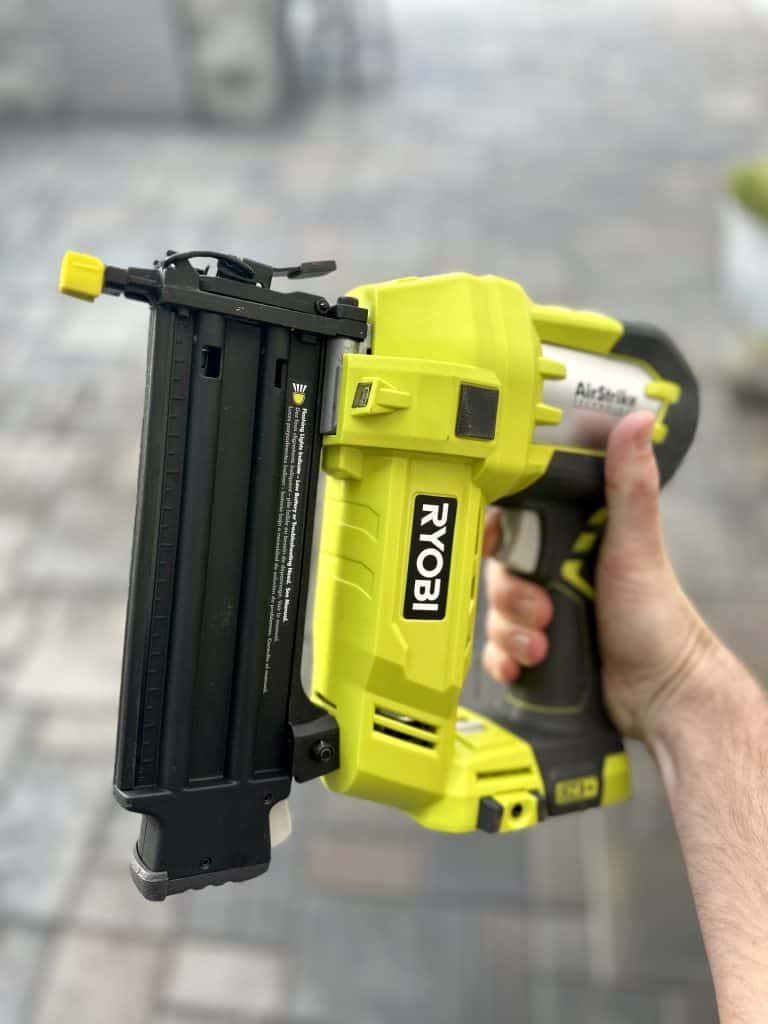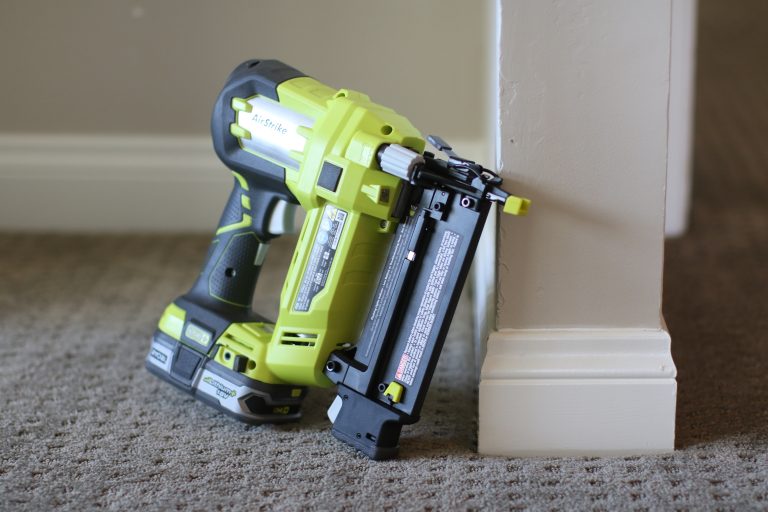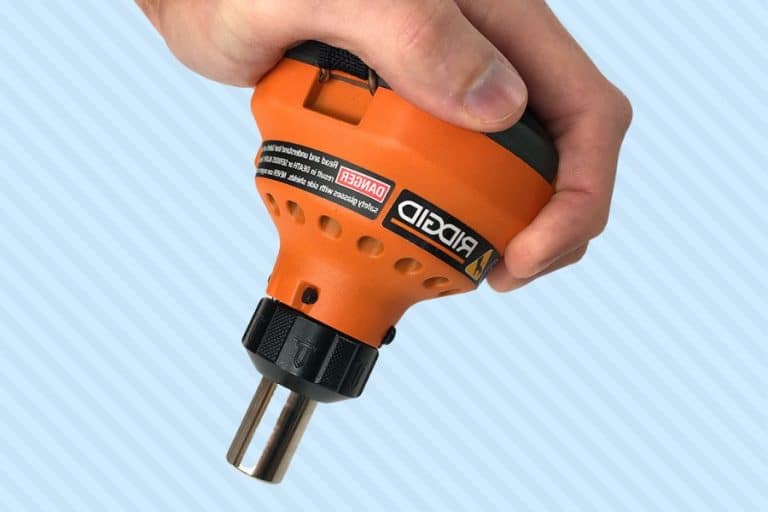Despite roofing nailers and framing nailers both being power tools used to drive nails into various materials, there are many differences between these tools, how they function, and what they’re used for. Understanding how roofing and framing nailers differ is essential to choosing the right tool for your needs!
Contents
Roofing Nailer vs Framing Nailer: How Do They Differ?
From their purpose to price, here’s everything you need to know about the differences (and a few similarities) between roofing and framing nailers!
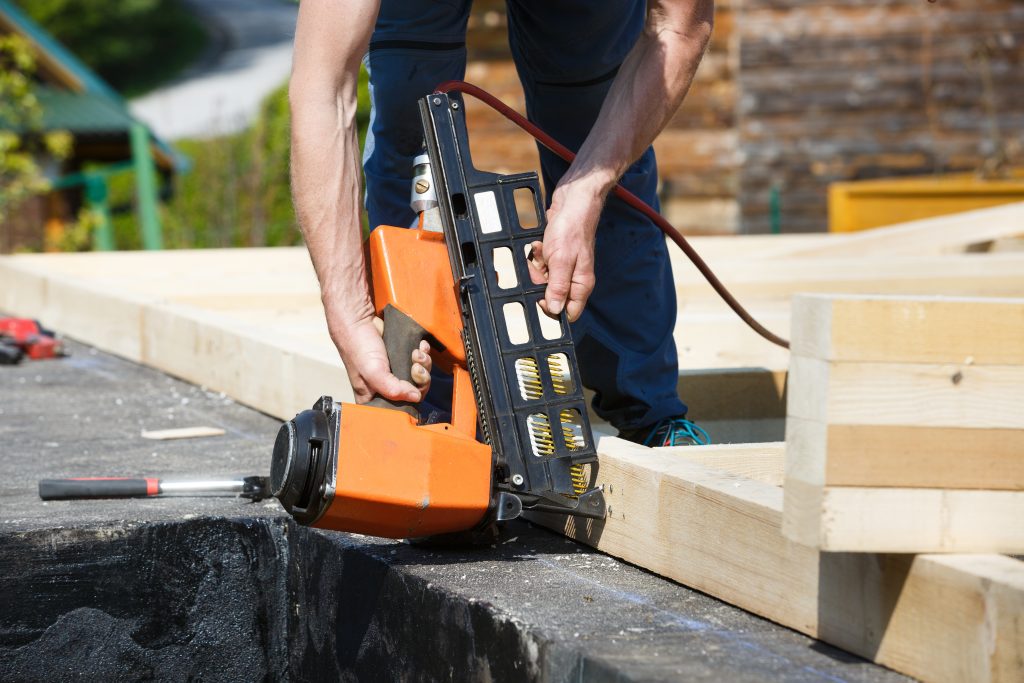
Purpose
As the name of this power tool suggests, roofing nailers are used for roofing work when driving short nails into different roofing materials, including fiberglass, asphalt, and wooden shingles. Framing nailers are used in construction when building homes, decks, fencing, and other structures where long nails are required.
The different uses of these tools will help you decide which one you need for a project. A roofing nailer must be used whenever you’re fastening shingles and other roofing materials that require short nails. Framing nailers are suitable for construction work when you attach wooden boards or planks to structures.
Design
Roofing nailers have a distinct design that sets them apart from other nailers, like those fused for framing. A roofing nailer is designed to drive nails at angles, which is required when attaching shingles to your roof. This tool is also designed to support more nails than framing nailers.
Roofing nailers also use coiled roofing nails, which effectively reduces the need to frequently reload the nailer. Since roofing nailers are noticeably smaller and lighter than framing nailers, they are more portable and easier to carry around while working on rooftops.
Framing nailers are larger than roofing nailers and weigh more. The larger size of this tool is due to the additional power needed to drive nails into thick construction materials. The design of this tool makes it more durable and allows it to shoot nails accurately.
Power Source
There are two main types of framing nailer power sources. While pneumatic models use compressed air, electric models will be powered by a battery or cord. Like framing nailers, roofing nailers will also either be pneumatic or electric. Due to this, the best way to identify a nailer is by its design and which nail type/size it uses.
Nail Type
While roofing nails come in different sizes, types, and materials, they all feature a diamond-shaped point, which is designed to keep roofing materials intact when being driven into them. Steel, copper, and aluminum are often used to manufacture roofing nails. These nails are coiled together, allowing the nailer to fire them quickly.
Framing nailers use larger nails designed to be driven straight into dense wooden materials like hardwood flooring. Framing nails can be identified by the nail’s flat head and thick shank. These nails are usually made from steel, with a rust-resistant coating to ensure they remain strong enough to hold wooden materials securely.
Nail Size
Roofing and framing nailers also use differently-sized nails! As a rule of thumb, roofing nails are always shorter than framing nails. Most roofing nails range between one and two inches in length. It’s important to use the right nail length to ensure the nail completely punctures the shingles.
Framing nails are generally between 2 and 4 inches long. Most professionals consider 3 1/2 inches the best length for framing nails. Once again, using the right nail size with your framing nailer is important. Nails that are too thick or long can be difficult to drive into wood – and you risk splitting the wood! Nails that are too short and thin won’t be strong enough.
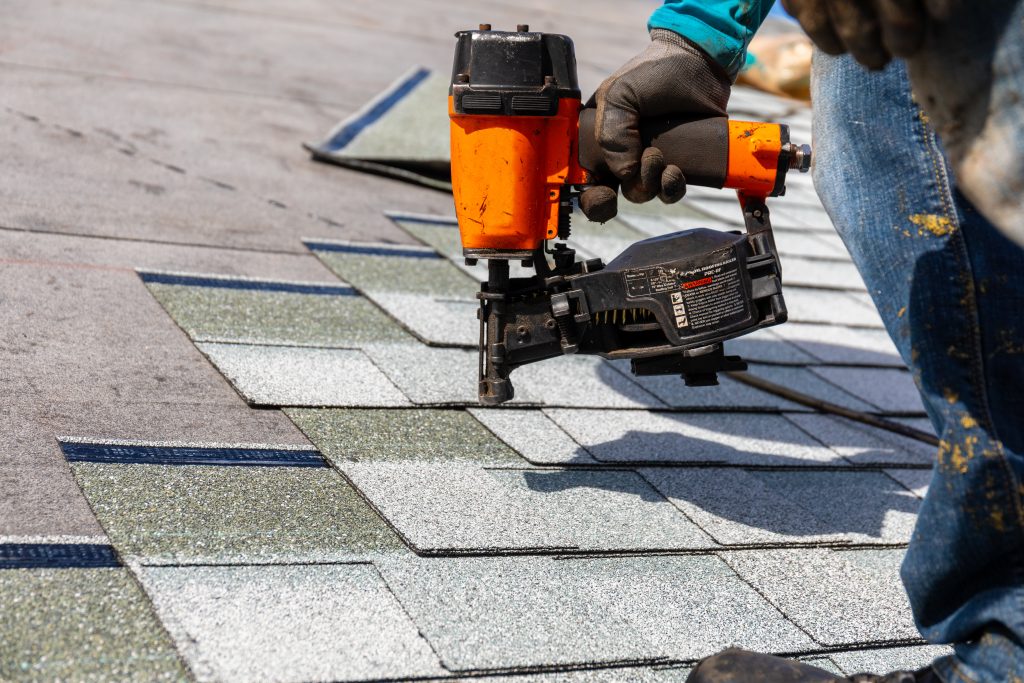
Functionality
The different uses, designs, and nail types of roofing and framing nailers mean they differ slightly in terms of functionality. The following YouTube videos outline how each nailer is used, giving you a demonstration of the tool being used for its intended purpose.
Price
While the cost of any nailer will depend on the brand, build quality, and features, roofing nailers are usually more affordable than framing nailers. Ultimately, this comes down to the smaller, more compact design of roofing nailers. The increased power and size of framing nailers increase their overall price when compared to smaller nailers.
Frequently Asked Questions
Why Do People Confuse Roofing and Framing Nailers?
Many people confuse roofing and framing nailers due to their similar functionality. Both of these power tools are commonly used to drive nails into materials. However, the types of nails they use and which materials the nailers are used for are what differentiate these powered nailers from each other.
Which Type of Nailer Should You Use?
Always use the right nailer for the task you’re working on. While roofing nailers are designed to install roofing materials, framing nailers are designed for framing construction projects like installing walls or flooring.
Can You Use a Framing Nailer for Roofing?
Never use a framing nailer for roofing. Framing nailers use large nails, with more force being exerted on the nails. The nails used by this tool cannot hold shingles; the nails would damage the shingle or shoot through it. Roofing materials require smaller nails that sit flush with the surface, which is why a dedicated roofing nailer is required.
Can You Use a Roofing Nailer for Framing?
Roofing nailers should never be used for driving nails into wood used for framing. Roofing nails are not strong enough to support the sheer weight of framing materials. Due to this, these nails do not offer sufficient holding power for structures. The smaller size of roofing nailers also makes them unsuitable for nailing thick, dense wooden materials.
Conclusion
While roofing and framing nailers are both powered tools used for driving nails into materials, they have different uses and designs that set them apart. While roofing nailers are smaller and use short nails to attach roofing materials, framing nailers are larger and use longer nails to drive nails through thick wooden materials.
